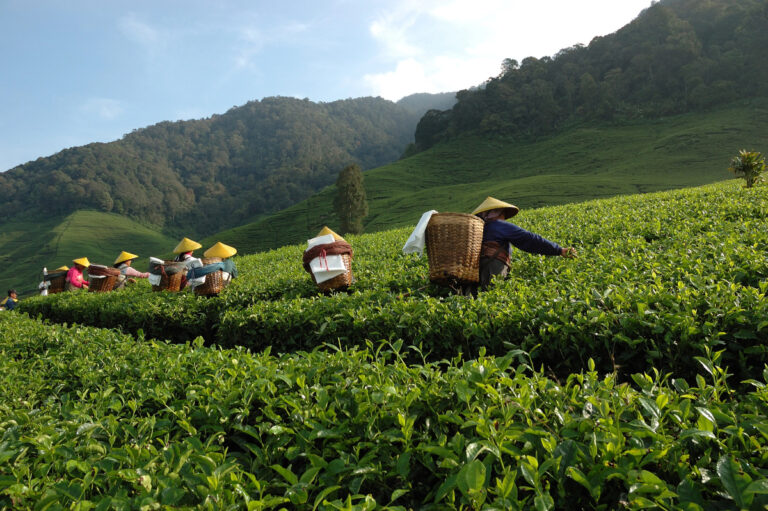A tea plantation is a large agricultural estate dedicated to the cultivation and production of tea plants, specifically the species Camellia sinensis. These plantations are typically located in regions with climates and terrains suitable for tea growth, such as certain elevations and areas with specific rainfall patterns. The tea plants are carefully cultivated, and their leaves are harvested, processed, and dried to produce various types of tea consumed worldwide.
Geographical Distribution
Tea plantations are predominantly located in regions with climates suitable for tea cultivation.
Examples of Major Tea-Producing Countries:
- China: The world’s largest tea producer, known for a wide variety of teas such as green, black, oolong, and pu’er.
- India: Notable regions include Assam, Darjeeling, and Nilgiri, each producing teas with distinct flavors.
- Sri Lanka (Ceylon): Renowned for its high-quality black teas grown in highland plantations.
- Kenya: Africa’s leading tea producer, focusing mainly on black tea for export.
- Japan: Specializes in green teas such as sencha and matcha, with plantations often using shaded growing techniques.

